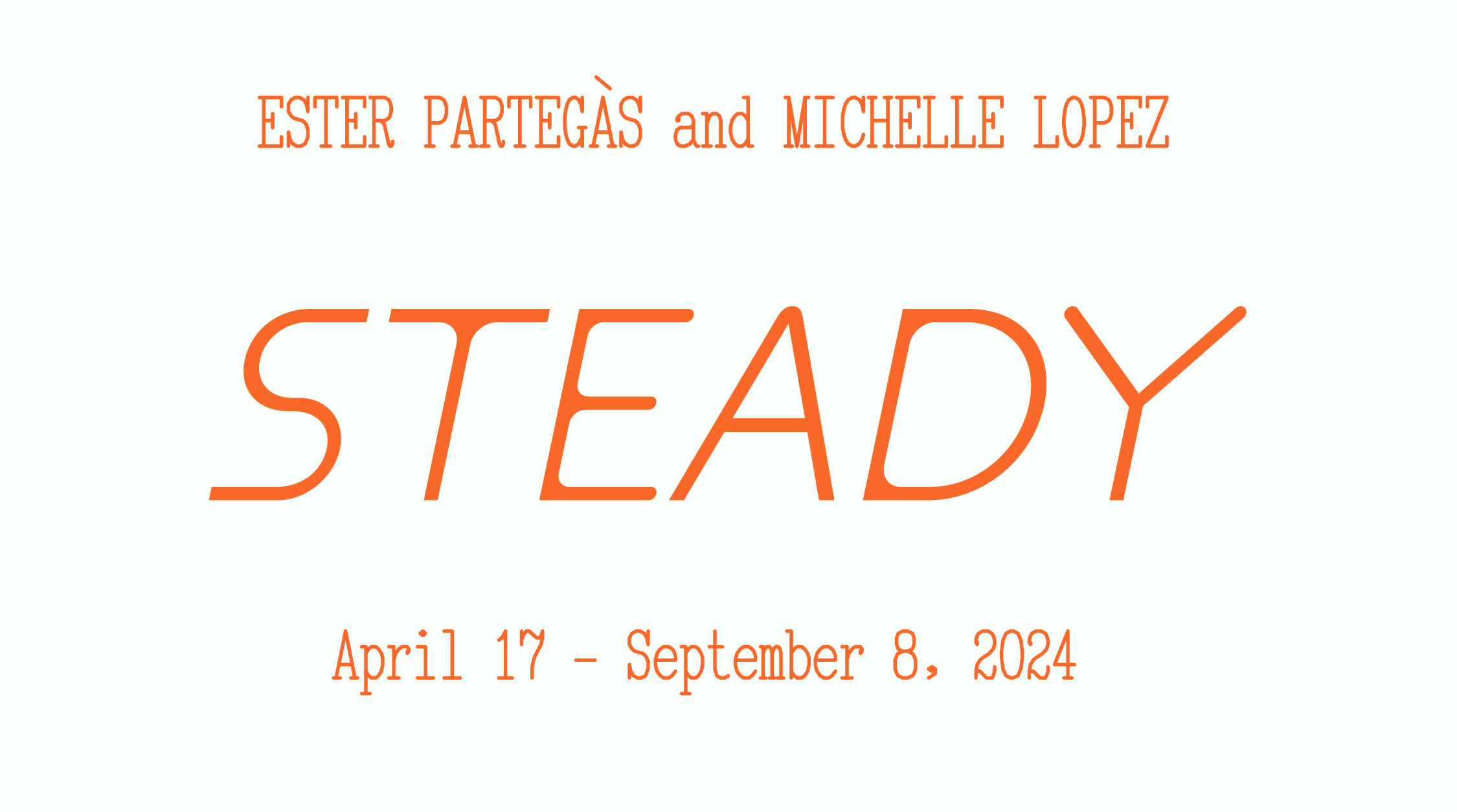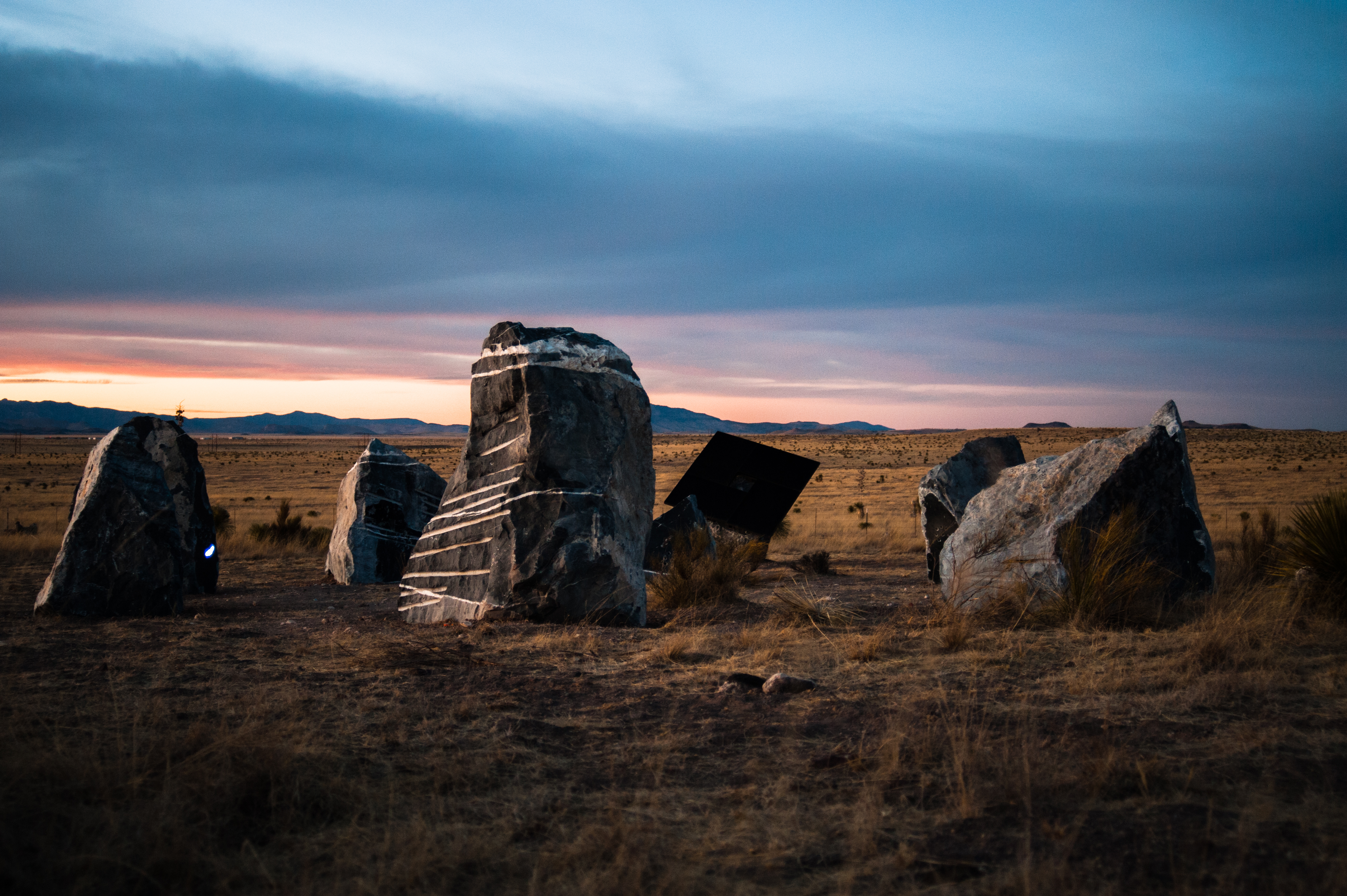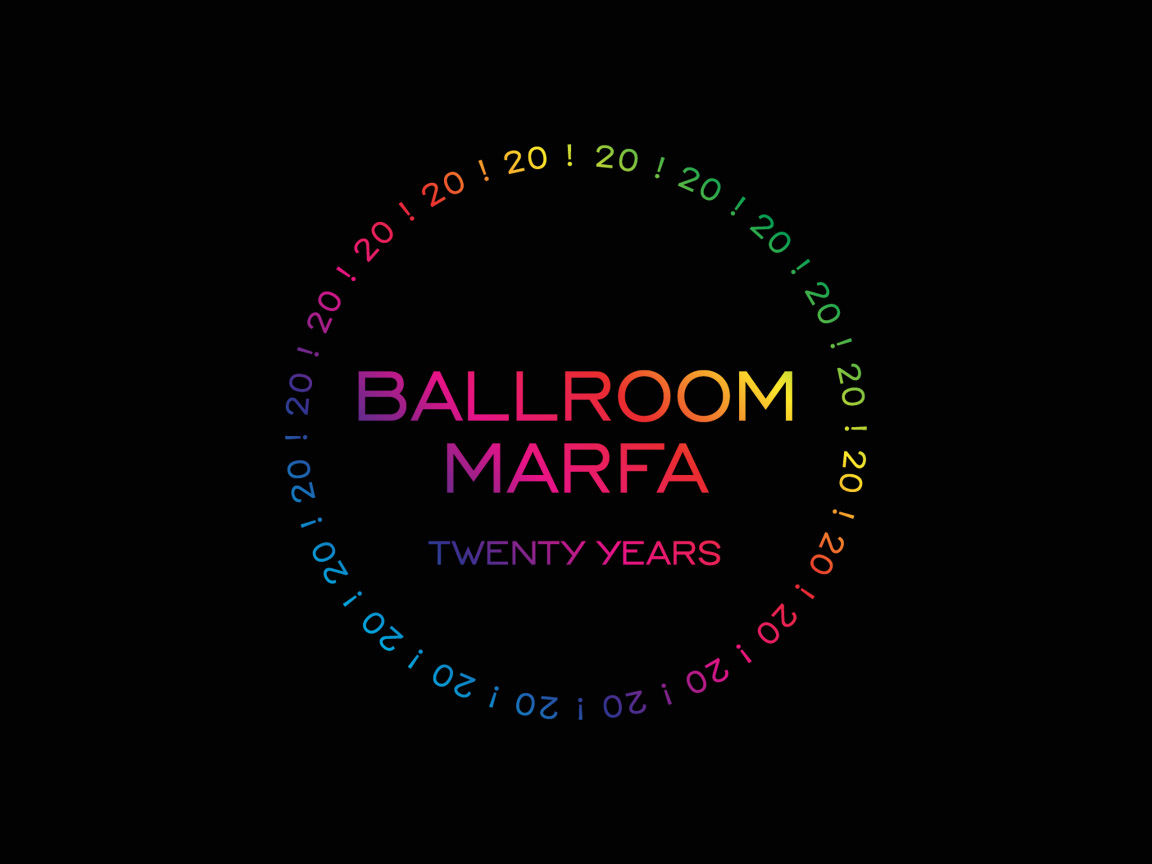Like Shards From Some Vanished Civilization: An Introduction to Space Is the Place
29 May 2013
Space Is the Place screens at 8pm on 29 May 2013 at the Crowley Theater in Marfa, Texas as part of Ballroom’s New Growth Film Program, co-curated by Rashid Johnson and Josh Siegel, MoMA. Admission is free and open to the public.
Like Shards From Some Vanished Civilization: An Introduction to Space Is the Place
In the 1970s, Sun Ra wasn’t yet recognized as the eccentric genius that he is understood as today. He’d been leading bands for almost three decades, placing ecstatic chanting alongside percolating synthesizer pieces, using improvisational percussion and cosmic expansions of big band styles to create a voluminous if obscure repertoire that placed classic jazz and swing in an extraterrestrial timeline. This destabilized polyglot sound was too conspicuously wacky to fit in with the jazz establishment or its free jazz fringes, and though he’d already graced the cover of Rolling Stone in 1969, his music seemed as equally confusing for the Anglo psychedelic music scene.
His canonization as one of the pioneers of Afrofuturism would have to wait until later in his career, though of course his work now looks right at home next to similar explorations from Miles Davis and Herbie Hancock, and would help set the stage for Funkadelic’s Afro-cosmic psychedelia, MC5’s liberation rock, Sonic Youth’s deep noise grooves and the Boredoms’ melted drum ensembles.
One place where Sun Ra did find a home was as an artist-in-residence at the University of California at Berkeley, where he delivered a series of lectures in 1971 under the heading “The Black Man in the Cosmos, Hyperstition and Fast-Forward Theory.” The course’s now legendary syllabus included the King James Bible, the Tibetan Book of the Dead, work from 19th century occultist Madame Blavatsky, poetry from Henry Dumas, as well as texts about the pagan roots of the Catholic Church, Egyptology and African American folklore.
Someone in the Berkeley AV department had the foresight to record one of these lectures — archived at ubu.com — wherein Sun Ra holds forth in such a way as to indicate that he’s both serious about his cosmological thinking, while at the same time deliberately provoking laughter from the gathered students as he tsk-task-tsks his chalk across the blackboard.
At the same time that he was mapping these ideas out for a bewildered cohort of Berkeley students, Sun Ra was approached by Jim Newman, a producer with ties to Bay Area-public television station KQED about making a PBS documentary. The idea for the project quickly evolved into a work described by John F. Szwed in his Sun Ra biography, Space Is the Place: The Lives and Times of Sun Ra, as “part documentary, part science fiction, part blaxploitation, part revisionist biblical epic.” Newman produced, John Coney directed and Joshua Smith came on as a writer.
The result was Space Is the Place, an 85-minute feature that, like his music with the Arkestra, cherry-picks from a diverse set of visual and auditory traditions to produce a work that is distinctly Sun Ra. The premise of the film involves Sun Ra’s return to Earth — Oakland in particular — in 1972 after a period of space exploration. He aims to recruit new pioneers to join him in an exodus to a planet that he’s discovered, with the hope of, as Szwed writes, “the resuscitation of the black race.” He encounters resistance from the FBI and NASA as well as a “supernatural pimp” known as the Overseer.
The film is a liberated combination of blaxploitation narrative tropes and Black Panther iconography with the sort of poetic low budget abstraction seen in contemporary films like El Topo and references to Ingmar Bergman’s The Seventh Seal.
As with Sun Ra’s music, audiences had trouble figuring out how to process such visions. “After a couple of showings in San Francisco and New York,” Szwed writes, “Space Is the Place disappeared, leaving behind only an album of that name on Blue Thumb Records, and thus became the consummate underground film. Pieces of it were sometimes projected behind the Arkestra without sound, like shards from some vanished civilization, but it was gone.”
The film found new life as the few existing copies were distributed via YouTube, and it was finally reissued on DVD in 2003.
As Szwed and others have observed, the film — like much of Sun Ra’s body of work — was well ahead of its time, its influence echoing through sci-fi blockbusters like Star Wars and Close Encounters of the Third Kind. Likewise such a playful set of ideas regarding social control, black iconography and transcendent science fiction ideology, serve to identify Space Is the Place as a clear antecedent to the work of Rashid Johnson, and an excellent introduction to this film program component of New Growth, an exhibition that began with the question, “What would happen if Sun Ra, George Washington Carver and Robert Smithson started a community together in the desert?”
— Daniel Chamberlin, Communications Coordinator
Space Is the Place screens at 8pm on 29 May 2013 at the Crowley Theater in Marfa, Texas as part of Ballroom’s New Growth Film Program, co-curated by Rashid Johnson and Josh Siegel, MoMA. Admission is free and open to the public.




